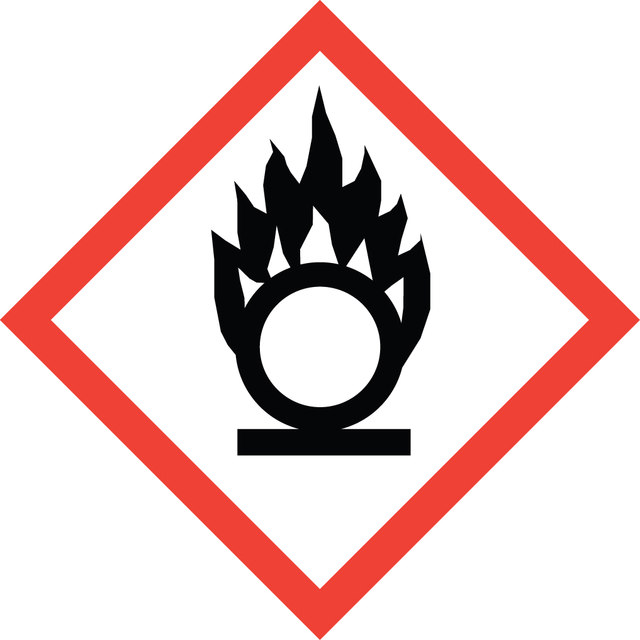Select a Size
About This Item
grade
ACS reagent
Quality Level
vapor density
1.3 (vs air)
vapor pressure
6.6 mmHg ( 20 °C)
8 mmHg ( 20 °C)
description
dilution test passes test
Assay
≥90.0%
form
liquid
ign. residue
≤0.002%
color
colorless to yellow
bp
120.5 °C (lit.)
density
1.48 g/mL at 20 °C (lit.)
anion traces
chloride (Cl-): ≤0.7 ppm
dissolved oxides: ≤0.1% (as N2O3)
sulfate (SO42-): ≤5 ppm
cation traces
As: ≤0.3 ppm
Fe: ≤2 ppm
heavy metals (as Pb): ≤5 ppm
SMILES string
O[N+]([O-])=O
InChI
1S/HNO3/c2-1(3)4/h(H,2,3,4)
InChI key
GRYLNZFGIOXLOG-UHFFFAOYSA-N
Looking for similar products? Visit Product Comparison Guide
Related Categories
General description
Application
- As an oxidizing agent with sulfuric acid to graft the carboxylic acid over CNT (carbon nanotubes) to produce CNT-COOH.
- In the combustion method to adjust the pH of the solution to 7. It is one of the steps in the preparation of mixed magnetite–hematite nanoparticles.
- As a nitrating agent with sulfuric acid in the synthesis of 8-nitro-7-hydroxy-4-methyl coumarin and 6-nitro-7-hydroxy-4-methyl coumarin from 7-hydroxy-4-methyl coumarin.
Signal Word
Danger
Hazard Statements
Precautionary Statements
Hazard Classifications
Acute Tox. 3 Inhalation - Eye Dam. 1 - Met. Corr. 1 - Ox. Liq. 3 - Skin Corr. 1A
Supplementary Hazards
Storage Class Code
5.1A - Strongly oxidizing hazardous materials
WGK
WGK 2
Flash Point(F)
Not applicable
Flash Point(C)
Not applicable
Personal Protective Equipment
Regulatory Information
Choose from one of the most recent versions:
Already Own This Product?
Find documentation for the products that you have recently purchased in the Document Library.
Our team of scientists has experience in all areas of research including Life Science, Material Science, Chemical Synthesis, Chromatography, Analytical and many others.
Contact Technical Service

